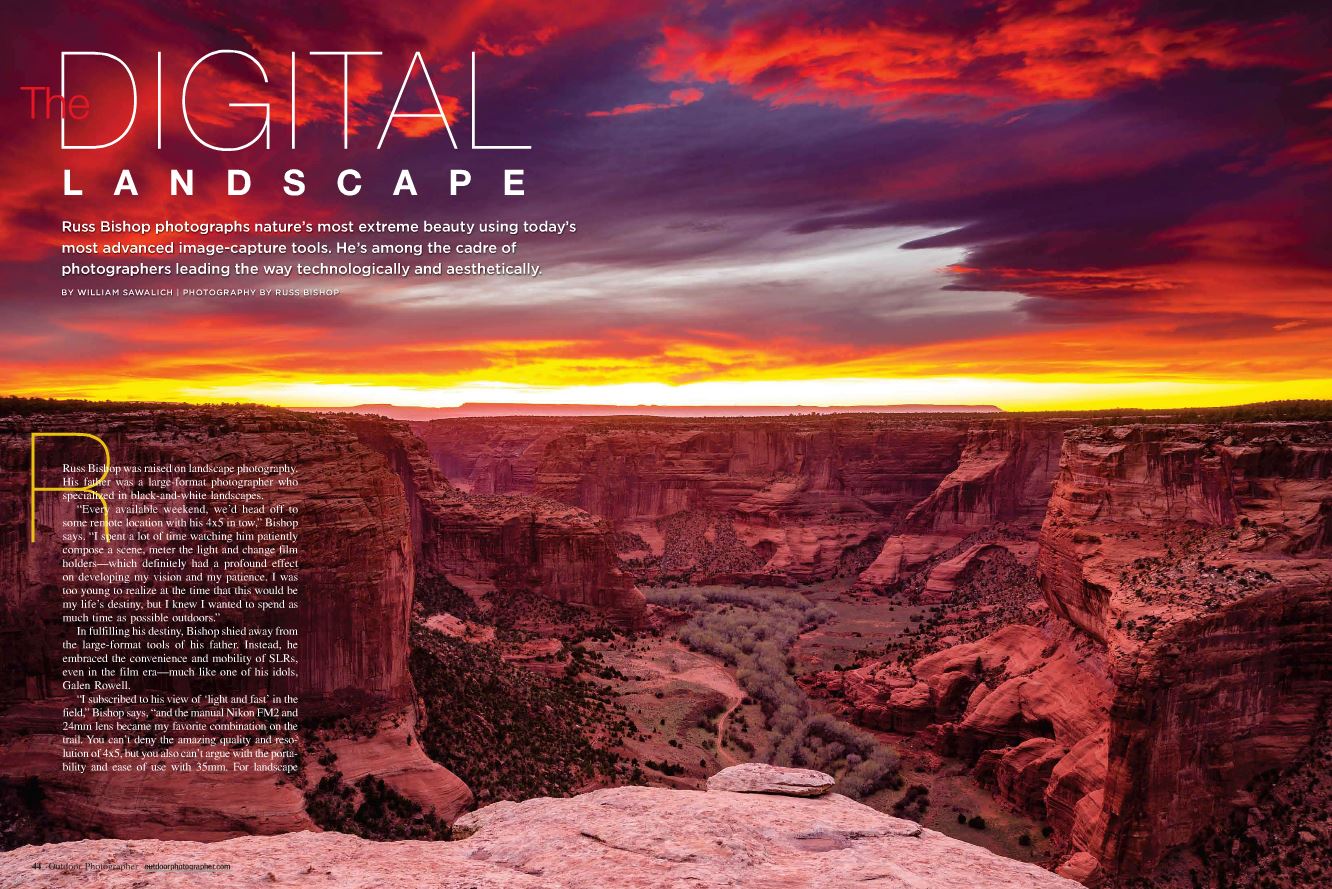
The American Southwest is known the world over for its unique environment and cultural significance. It’s plants and animals are exotic by any standard and, combined with thousands of years of Native American history, it has all the elements for truly great photography. Spring is one of the best times to visit when the temperatures are mild and vibrant wildflower displays and the occasional lightning storm provide a dramatic backdrop for stellar image making.
Organ Pipe Cactus National Monument on the Mexican border in southern Arizona, is one of the least visited units of the National Park system. The unique namesake cactus (found only in this remote section of the United States) and the iconic saguaro dominate this other-worldly landscape where sunsets seem to last forever.
Further east on the outskirts of Tucson, Saguaro National Park is rich in native american history and desert flora. Two units separated by the city, the Tucson Mountain District to the west and the Rincon Mountain District to the east, provide two distinct environments. Signal Hill in the Tucson Mountain District includes hundreds of ancient petroglyphs surrounded by dense saguaro forests and wonderful views of the local mountains. The Rincon Mountain District to the east is a desert sky island home to cougars, bears, and the elusive coati.
Crossing the border into New Mexico, White Sands National Monument is another visual experience that is not to be missed. Set on the edge of the vast Tularosa Basin, it is one of the largest deposits of pure gypsum sand in the world. The shifting sands are an active dune field – constantly moving from west to east at a rate of thirty feet per year and creating wonderful patterns in the process. And as the sun goes down the shapes and forms of this ever-evolving landscape are illuminated by a special quality of light found nowhere else.
This is just a sampling of what the Southwest has to offer. But if you’re looking to leave the world behind and immerse yourself in spectacular scenery that will clear your senses and inspire your creativity, you don’t have to go to Iceland or Namibia – it’s all right here.
©Russ Bishop/All Rights Reserved


